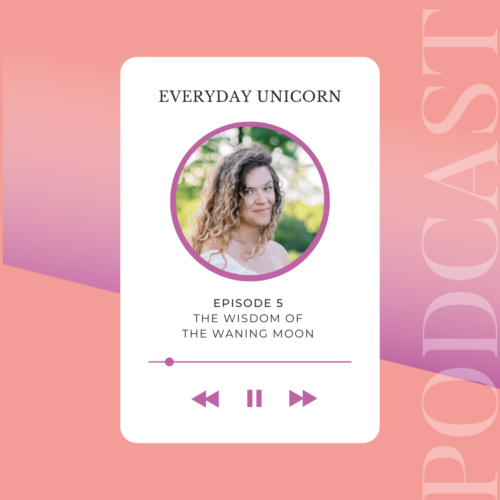I’ve spent the last four years coaching my clients to reach new levels of confidence, fulfillment, and professional success.
During that time, I’ve made a point to study the tools and techniques that contribute to deep and lasting change—the kind of exercises and habits that activate transformational growth.
Some of these tools are ones that I used to overhaul my confidence as well as my career. Others are ones that I’ve co-created or invented during client sessions.
I believe a good coach should be able to offer a range of tools to support her clients—knowing that no single exercise or technique will serve as the magic bullet to “cure” what ails them. (After all, coaching isn’t about fixing a broken person. It’s about enhancing someone’s strengths, talents, and creative potential while they shed what holds them back.)
That said, after spending these years working in deep and profound ways with my clients and myself, I’ve seen one “tool” rise to the top.
That tool is self-trust.
Self-trust isn’t something you create with a worksheet (though certain worksheets help!). It’s a practice, a steady discipline, that you apply consistently over time.
When clients come to me with doubts about their ability to show up and succeed as leaders, they often justify their fears by pointing out their lack of confidence or experience or clarity in their big-picture vision or daily decisions.
From where I sit, this is always great news. Because each of these apparent ‘weaknesses’ can be transformed through the practice of deepening self-trust.
You can think of self-trust as a virtuous cycle. The more you practice, the higher upward you spiral.
Let’s imagine you have to make a big hiring decision. You’re going to invest a significant amount of money in a consultant, contractor, or team member, and you’re doubting your ability to succeed.
If, in that moment, you choose to practice self-trust, you’ll follow your instincts and take action accordingly. When you do, you create an external change that gives you valuable feedback.
If the hire goes well, you’ll naturally feel more confident, experienced, and capable of executing on your vision. Self-trust for the win!
But what if the hire goes south?
Once again, you can practice self-trust. This time, you assess the situation, tease out your instincts and insights, and follow your inner GPS to the action that feels like your right next step.
Rather than ruminate on what’s gone wrong or how you didn’t get it right, you course-correct like a boss. You show up in a way that affirms your capacity to lead.
Of course there can be sticky points and stumbling blocks in the process of practicing self-trust. I’d be out of a job if we didn’t sometimes need a partner to help us find our own answers and provide outside perspective on our oh-so-personal struggles and fears.
But the fact remains that self-trust is a potent, powerful practice. And you can start working it right now.
Here’s a quick exercise for you to deepen self-trust:
Close your eyes and picture your life, just as it is.
Notice where you’re sitting (or standing, or laying down). Feel into the colors, textures, and shapes around you.
Consider your work, the day ahead or behind, all those tasks done and undone.
Notice what topics or thoughts are forefront in your mind.
Take a deep breath, release the images, and drop into the darkness behind your closed eyelids.
In the quiet of this moment, ask: What would you do if you trusted yourself?
Let it sink in. Let an answer emerge.
Maybe there’s an area of your life or work where you’ve been holding back.
Maybe there’s something you know you need to say to someone close to you.
Maybe there’s a task or self-care item on your list that you keep putting off for tomorrow because you’re not quite sure it’s going to work out or be worth it.
Whatever shows up, allow it. Then get curious and ask the question again: What would you do if you trusted yourself?
Listen to the language of your body. Notice what feels aligned. Know that your instincts are right and good.
From here, the practice of self-trust is as simple as following your gut. Take actions that are guided by the quiet voice inside.
As you move forward into your day, remember that uncertainty, doubt, and fear are totally normal sensations, especially in times of professional and personal growth. (Big transitions always make us feel like the waves are choppy, clouds are swollen, and we’re slightly lost at sea.)
But in these moments, you always have a choice and a chance to make a change. You’ll navigate uncertainty and reclaim your power when you open your arms and say—I am greater than my fears. I choose to be true to myself. I believe that I have an internal GPS, and I trust myself to follow it.



